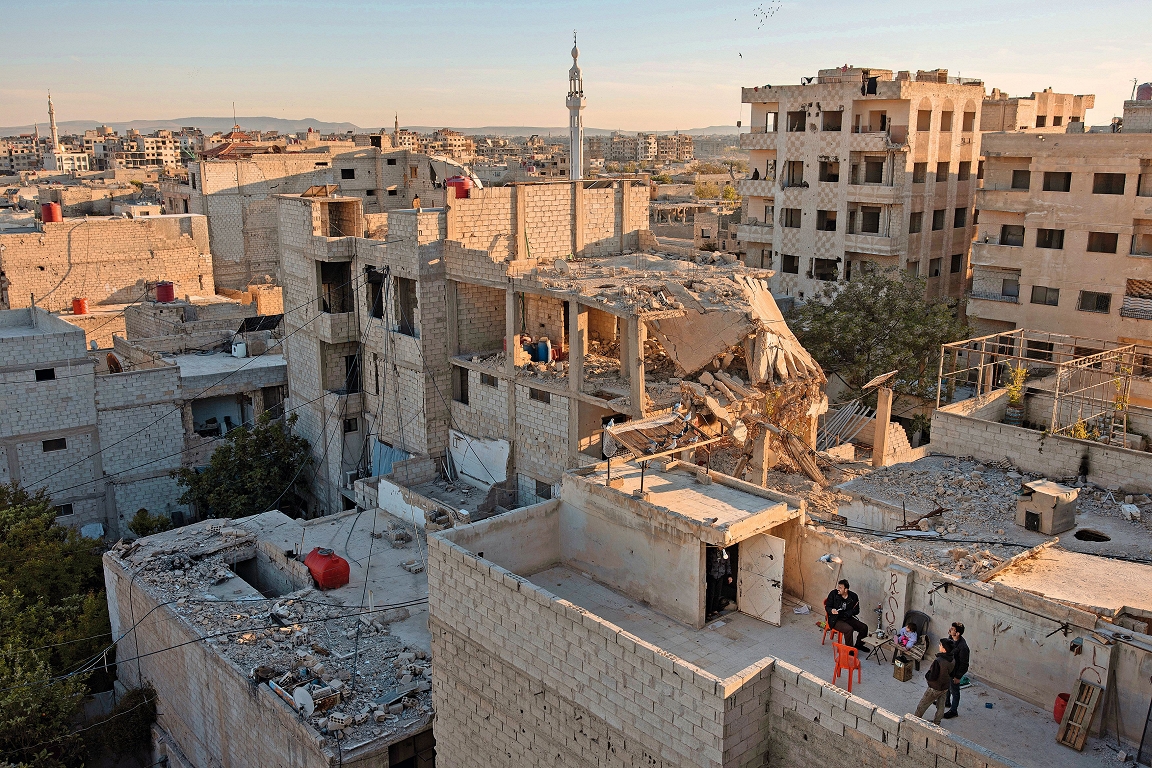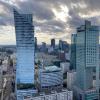Syrian eternal instability / day

In the second half of May, Syria came to the focus of the world. First, US President Donald Trump unexpectedly announced the lifting of sanctions imposed by Syria during his visit (although it was later explained that the sanctions were lifted only for the time being – 180 days), but then met with the temporary president of the country in Saudi Arabia Ahmed Ash in Chara. (It should be recalled that the latter was once against the US unmatched hostile terrorist organizations Al-Qaeda The leader of the Syrian branch and the United States had announced a reward of ten million US dollars.)
A little later, the European Union (EU) also announced the lifting of sanctions against Syria, but almost simultaneously US Secretary of State Marko Rubio said Syria was on the threshold of a new Civil War and that a new war could begin in the coming months.
Warfare
The Civil War in Syria began in 2011, during the so -called Arab Spring. Like in several other countries in the region, in Syria, a rebellion at the time began with the authoritarian, Bashar al -Assad’s regime. However, Syria became one of the countries (the other is Libya), where the Arab Spring led to a long and bloody civil war – various militants of the rebels or ethnic communities there fought not only against government forces, but often with each other. The Syrian civil war was also very significant because not only widespread foreign forces, but also Islamist militants in other countries participated.
During the war, there were twice situations where it could end with the victory of one or the other (another question whether this victory would lead to peace). First in 2015, Bashar al -Assad’s forces came to the brink of collapse, but Syrian leaders rescued Russia’s open interference in war interference and also a very wide range of support from Iran. Including war on Syria on the government’s side (and often instead of government forces) were sent many pro Europe Kudle and Lebanese Shiite militarized movements Hezbollah units. Meanwhile, Russia provided the Assad forces mainly for military aviation support, intelligence, etc. Similarly, Russian special task units and relatively private companies participated in the Syrian government forces on the side of the Syrian government Vagner mercenaries.
It is worth noting separately that no one other than the notorious rebel group was the biggest success at that time Islamic Statewhich under the control of a significant part of Syrian territory. Referring to the fight with this group, the Bashar al -Assad’s government officially turned to Russia for assistance, and because of the need to support local Kurds, the US Armed Forces units were also involved in the Syrian civil war. Similarly, the Turkish army was involved in the Syrian civil war. It justified its participation in the war, both with the need to fight « Kurdish terrorists » – the Kurdistan Workers Party militants -, among other things, creating a security zone in the Syrian territory at the Turkish border and the need to support ethnically related Syrian Turkish. Meanwhile, in reality, all the foreign targets involved in the war, of course, went significantly further than the officially declared and each provided widespread support for « their » local groups.
Read the entire conversation in the magazine Saturday May 30 – June 5! The contents of the magazine in both printed and digital format can be subscribed to our new website Here!







